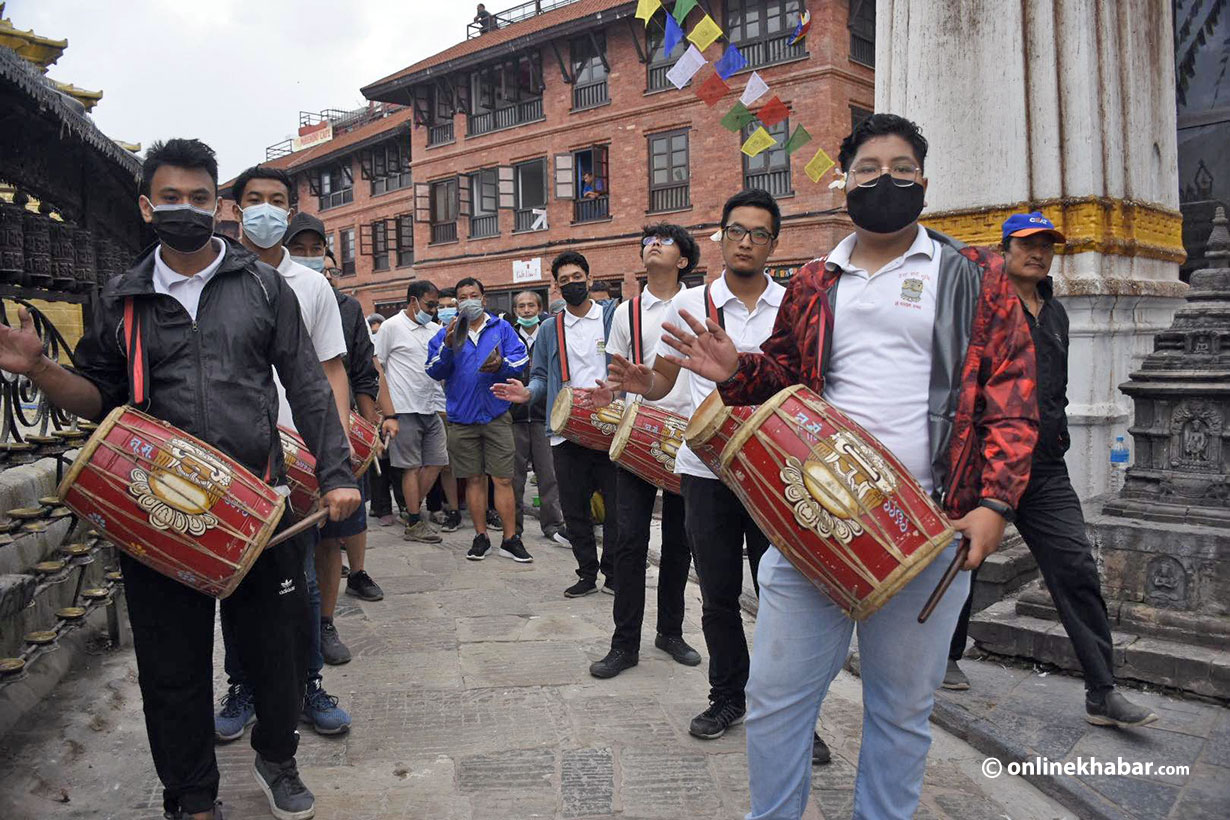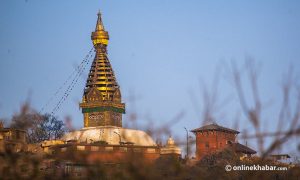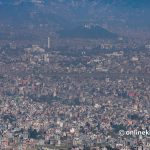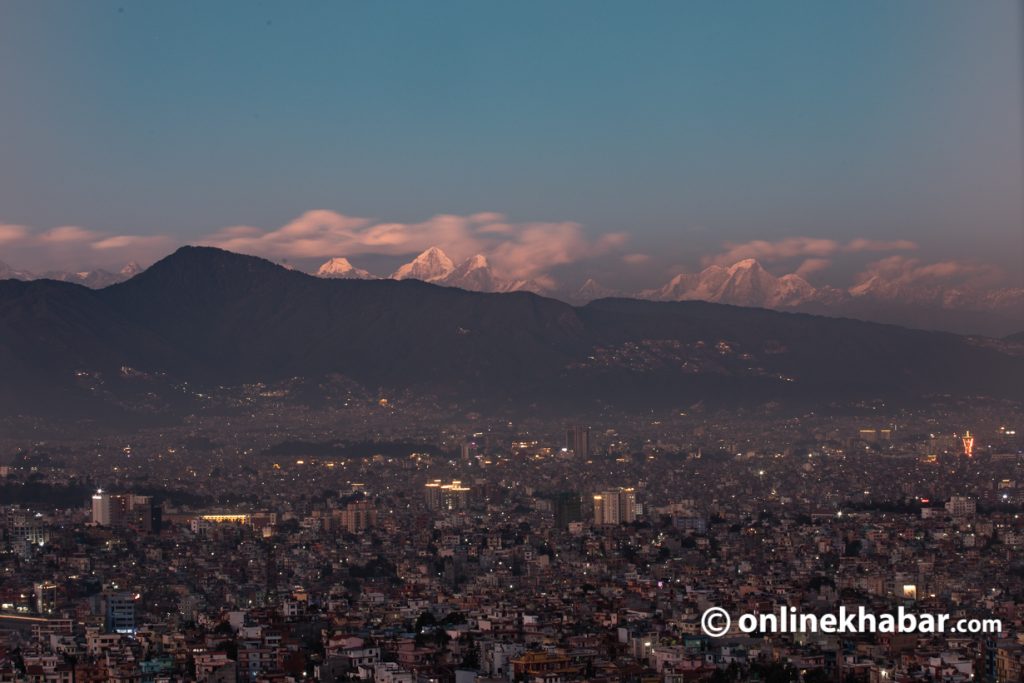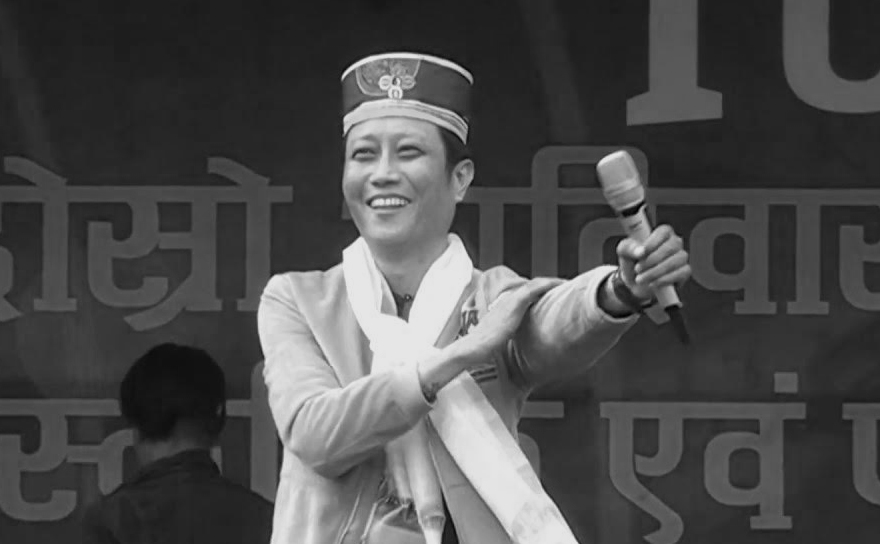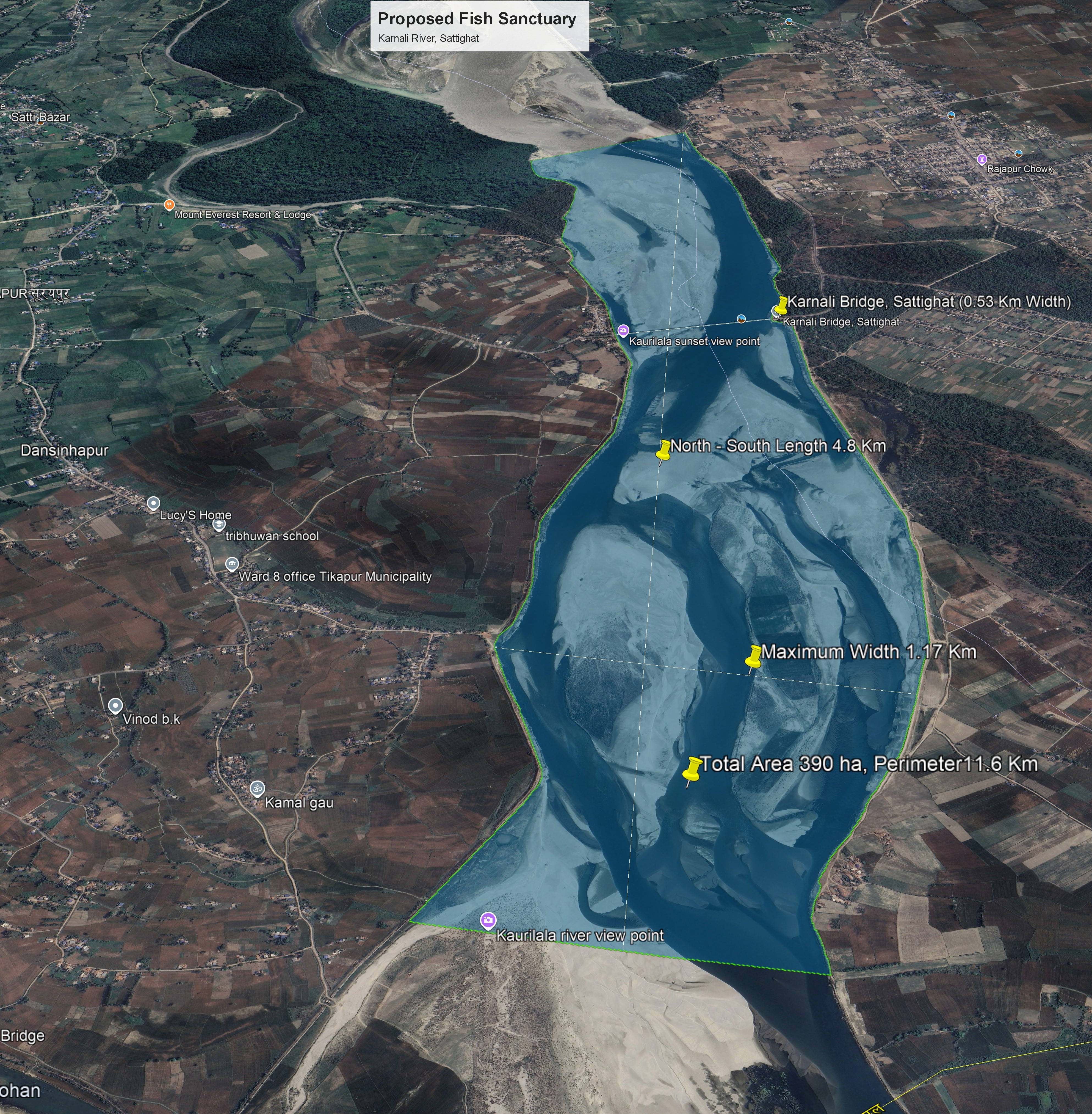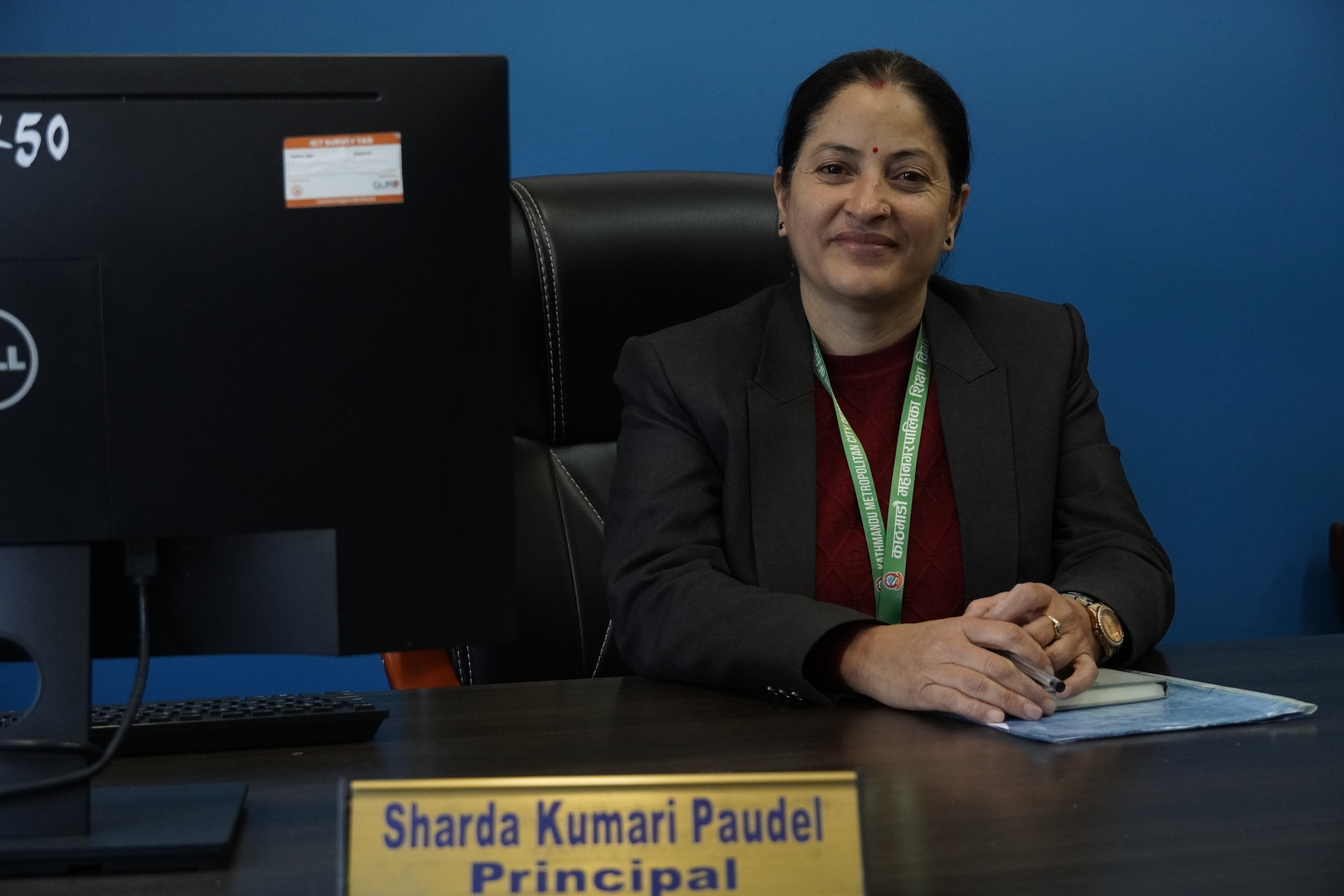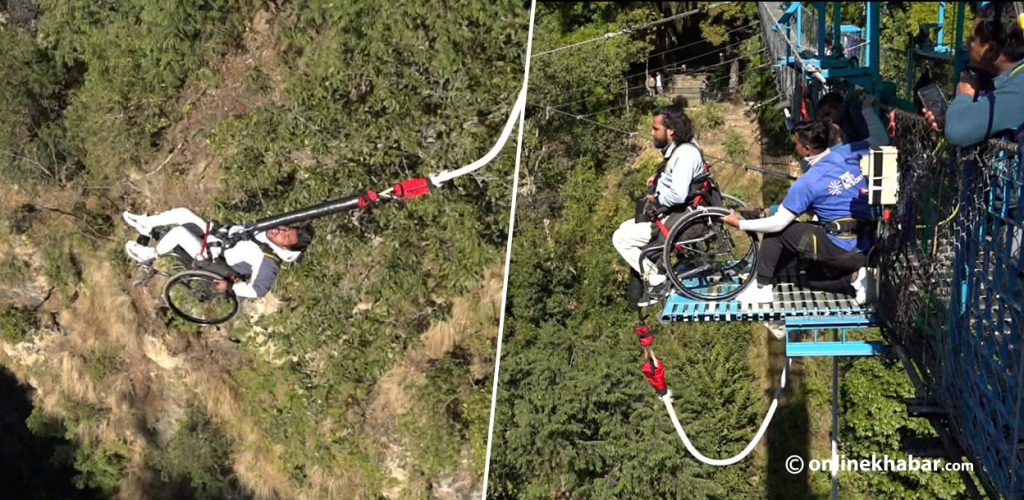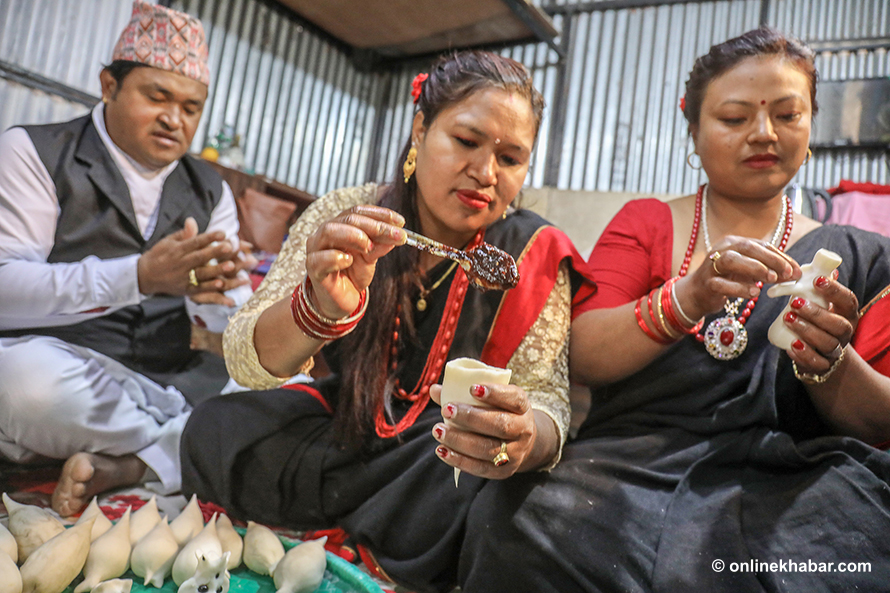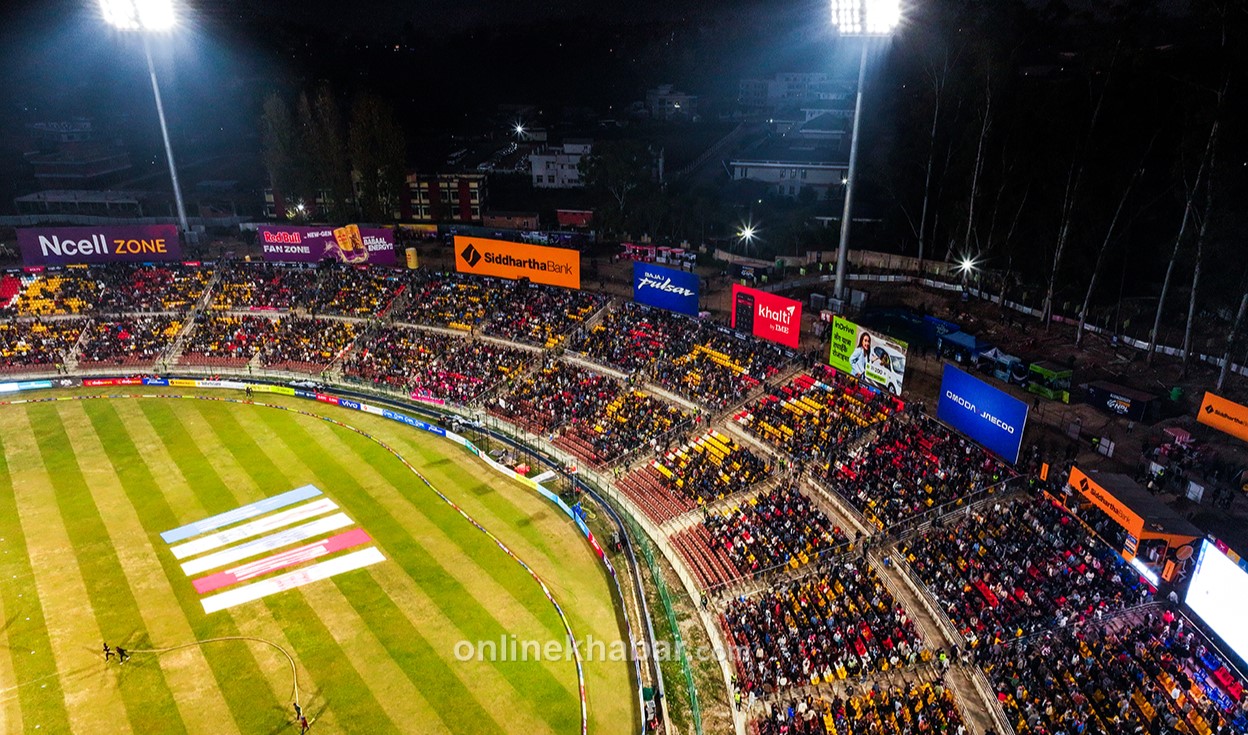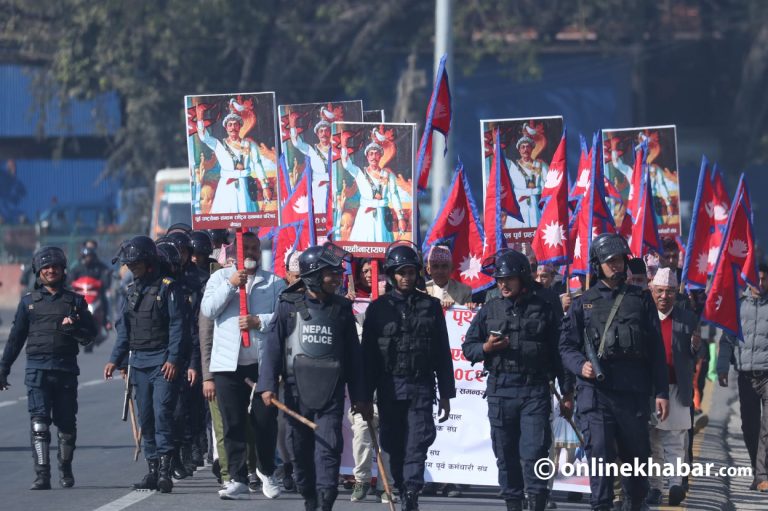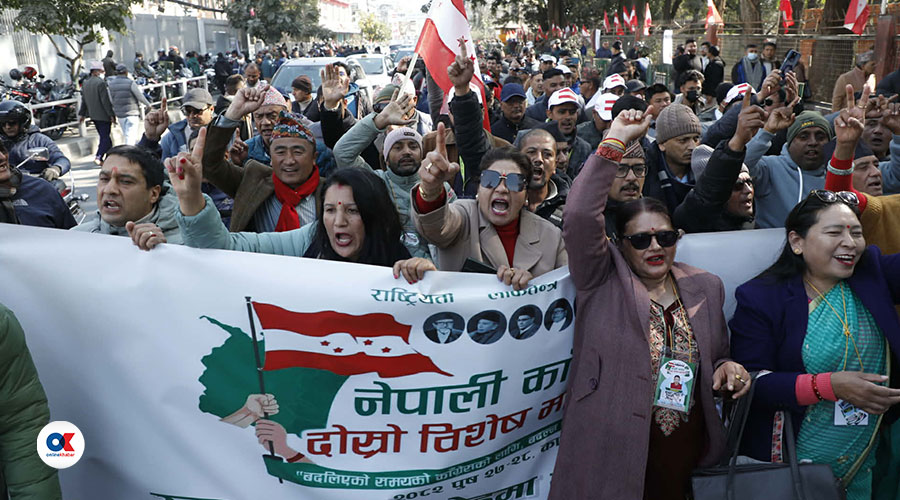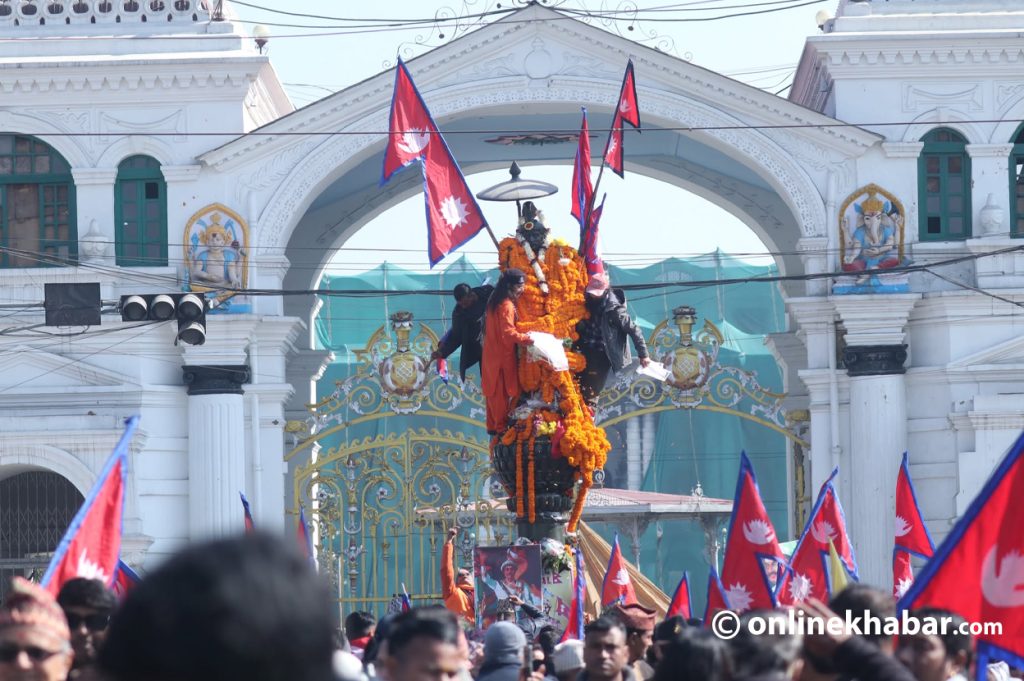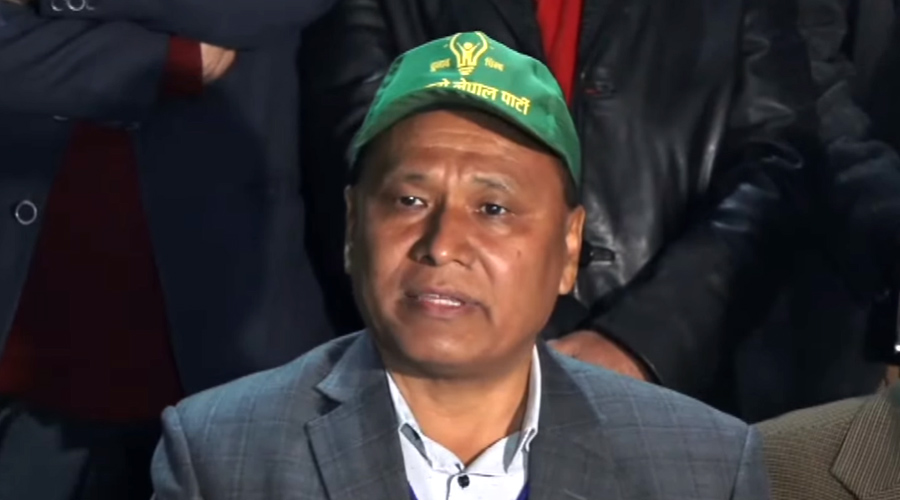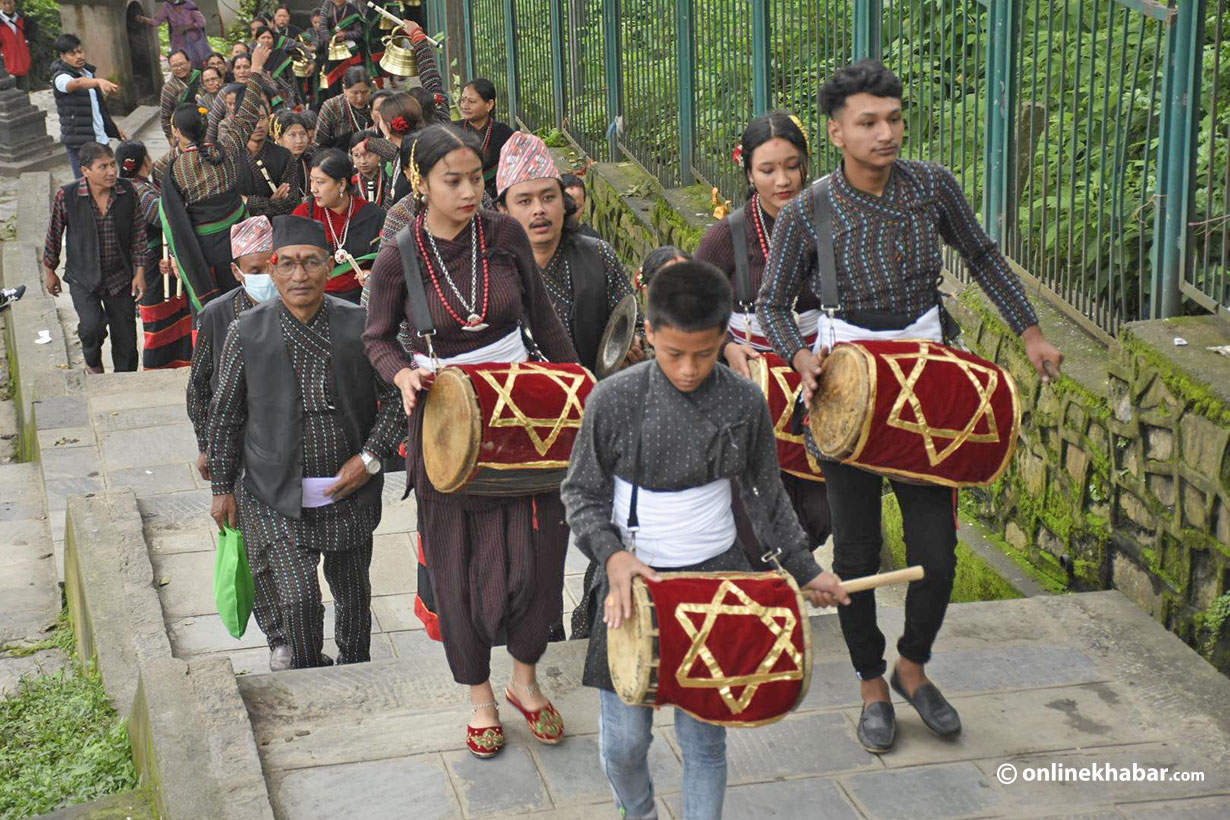
File photos
Kathmandu, July 25
The sacred month of Gunla, an important Buddhist festival in Newa culture, began on Friday with the waxing moon in Shrawan, bringing musical processions, spiritual rituals, and early-morning pilgrimages across the Kathmandu Valley.
Gunla is more than just a religious observance—it’s a spiritual rhythm that brings communities together through music, movement, and prayer. In Nepal Bhasa, “Guun” means nine and “la” means month, referring to the ninth month of the Nepal Sambat calendar. Hence, the name Gunla signifies both time and devotion.
Each morning during this month-long period, devotees—primarily from the Shakya and Bajracharya communities, as well as Kansakar, Manandhar, and Prajapati groups—gather with their traditional Gunla baja ensembles. The resonant sounds of flutes, khin drums, and cymbals echo through the alleys and courtyards as they walk in solemn processions to monasteries, temples, and stupas. These processions are not just ritual acts but are also powerful expressions of communal identity and spiritual commitment.
Swayambhu Maha Chaitya, one of the holiest Buddhist sites in Nepal, is at the heart of this celebration. Each dawn, devotees ascend its sacred steps or circle its base, performing pradakshina (circumambulation), playing music, and offering prayers.
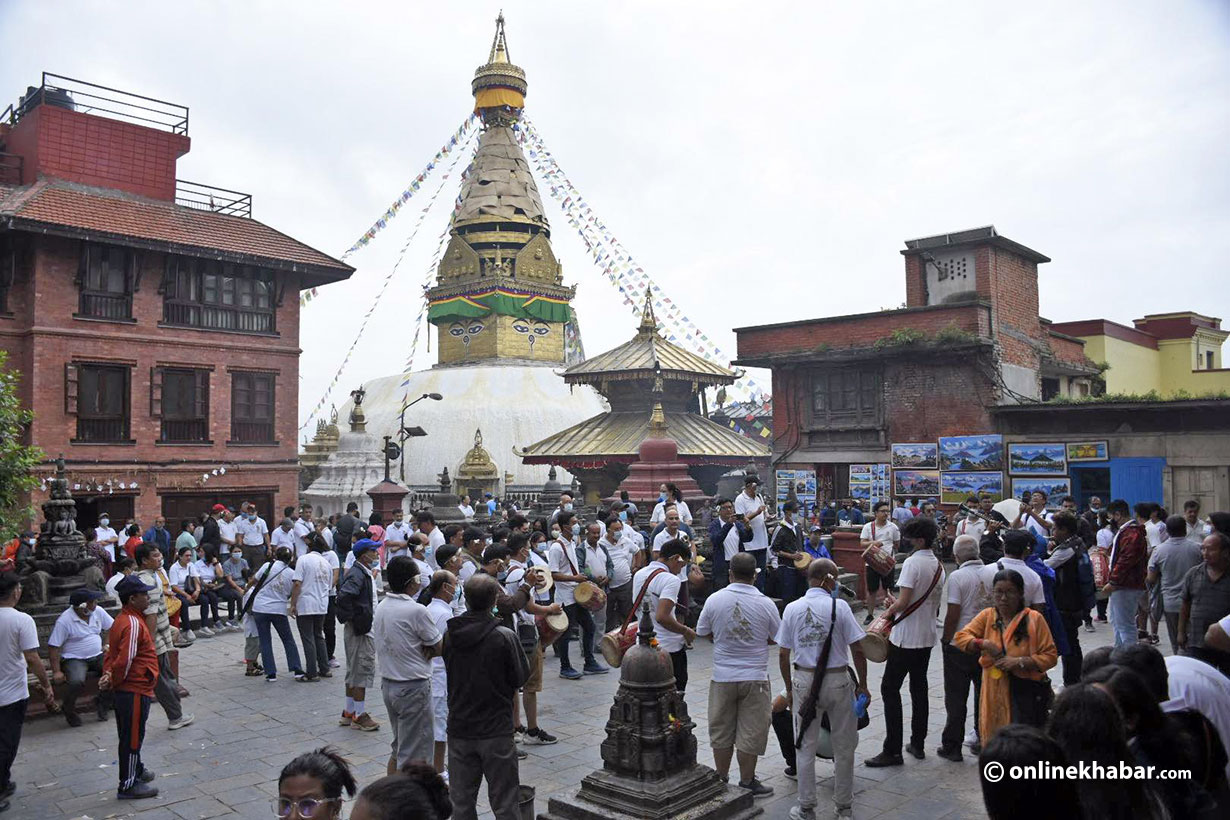
The festival at Swayambhu, coordinated by the local management and conservation committee, draws thousands of practitioners from all three Buddhist traditions—Theravada, Mahayana, and Vajrayana—as well as Hindu followers and spiritual seekers from abroad.
Beyond Swayambhu, Gunla processions reach other sacred destinations throughout the month. On Naag Panchami, musical troupes make a pilgrimage to Changu Narayan in Bhaktapur. On Janai Purnima, they visit Banglamukhi Temple in Patan. Krishna Janmashtami sees processions at several iconic Kathmandu sites such as Swayambhu, Bijeshwori, Shobha Bhagawati, Maru Ganesh, Janabahaa, and Seto Machhindranath.
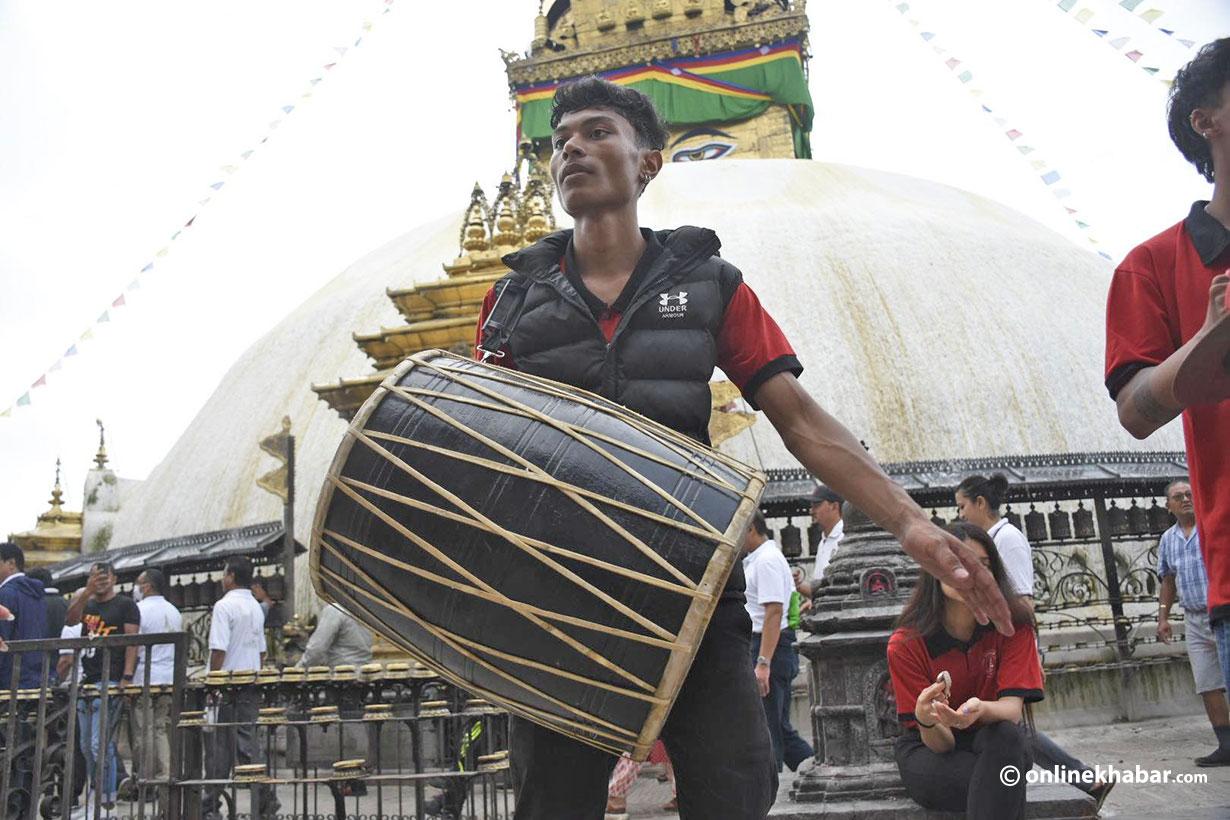
The tradition also extends to Bhaktapur‘s Surya Binayak, Ram Mandir, Navadurga Temple, Dattatreya, Nyatapola, and Kamal Binayak, where devotees make rounds accompanied by music and prayer.
On the final day, Gunla Pratipada, devotees from Lalitpur embark on a concluding pilgrimage through Bungamati, Karyabinayak, Khokana, and Jalbinayak, culminating at the sacred site of Karunamaya (also known as Adityanath) in Chobhar.
Gunla is not only a time for religious observance but a living tradition that fuses faith, music, memory, and identity. As the streets of the Valley fill with rhythm and reverence, Gunla serves as a vibrant reminder of Kathmandu’s deep spiritual heritage—where every beat of the drum and step of the devotee echoes centuries of devotion.
